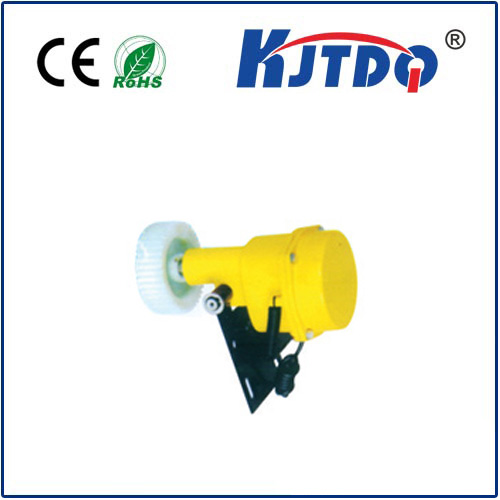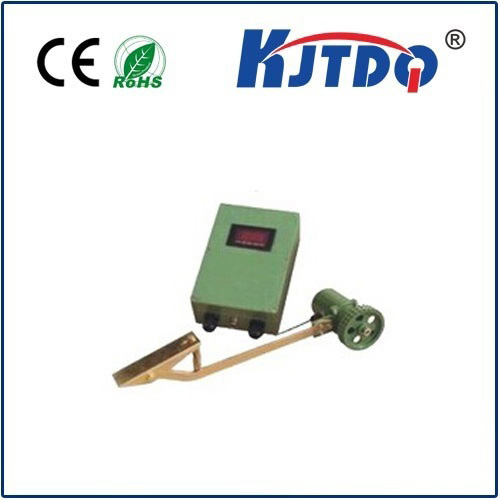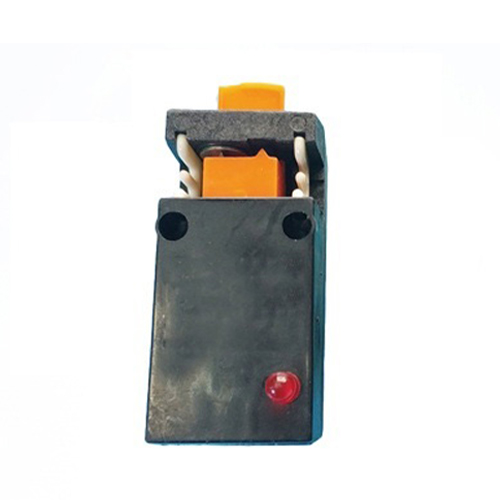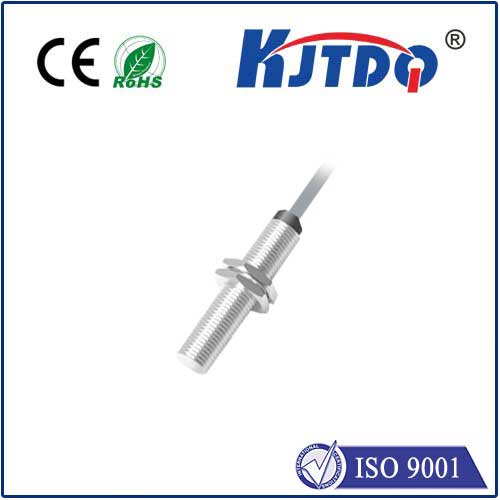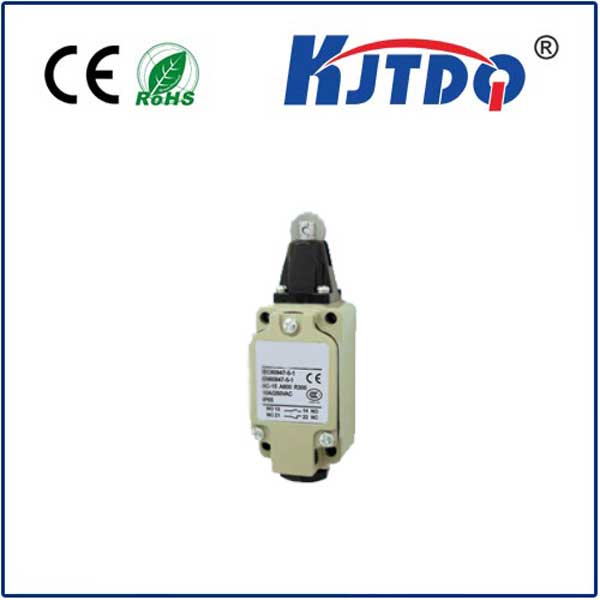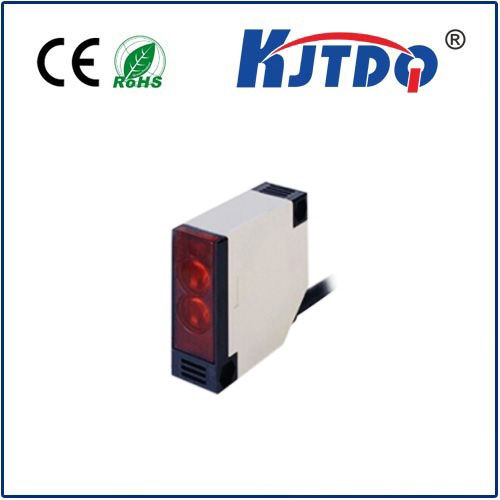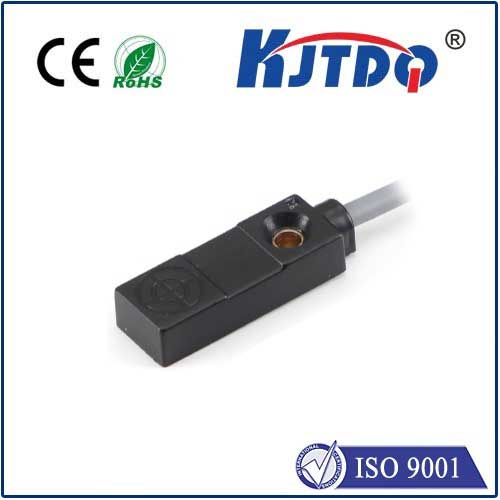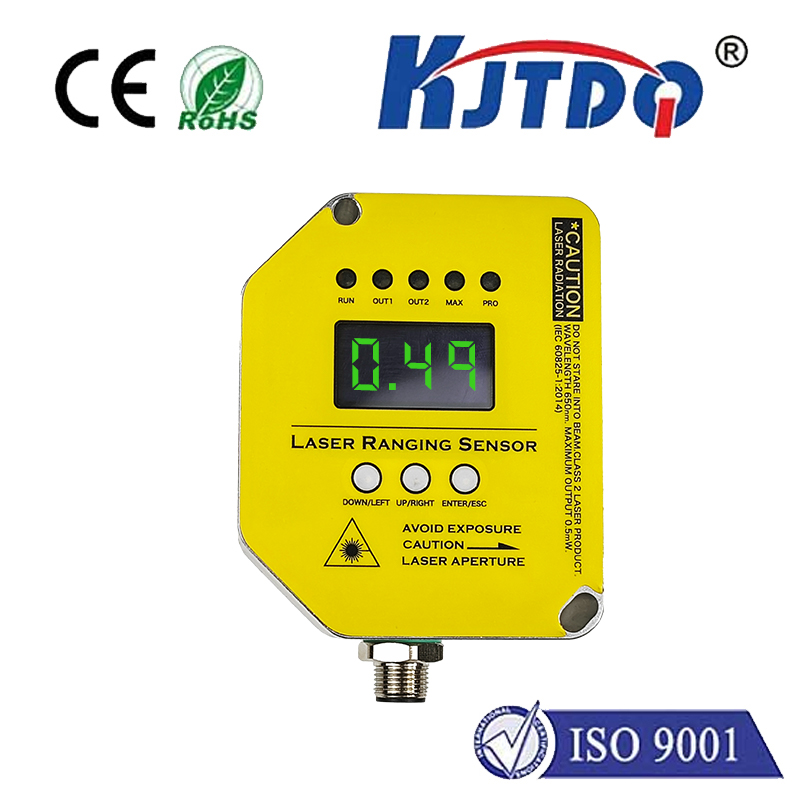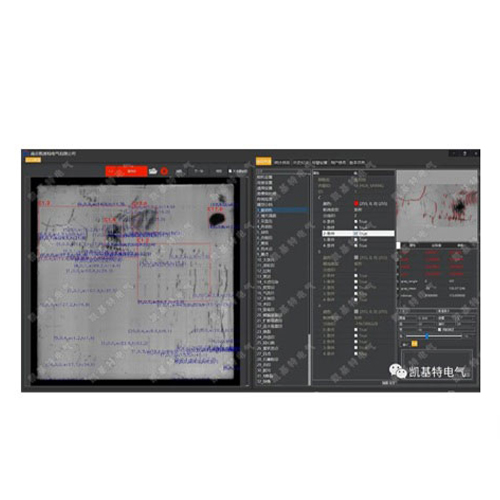ball limit switch
- time:2025-08-04 12:48:43
- Click:0
The Ball Limit Switch: Your Essential Guide to Precision Position Control
Imagine a robotic arm moving precisely to load components on an assembly line, a conveyor belt stopping exactly at the right point for packaging, or a heavy garage door reversing instantly upon encountering an obstacle. What critical, yet often unseen, component ensures these actions happen reliably and safely time after time? Enter the unassuming hero of industrial automation and machinery safety: the ball limit switch. This robust electromechanical device plays a pivotal role in monitoring position, preventing overtravel, and safeguarding both equipment and personnel.
Understanding the Core Functionality
At its heart, a ball limit switch is a type of limit switch distinguished by its primary actuator: a spring-loaded ball. This spherical plunger protrudes from the switch body. When an external object, such as a moving part of a machine, a workpiece, or a door, comes into contact with this ball, it depresses it. This mechanical movement is transferred internally, typically via an actuator arm or lever mechanism, to rapidly open or close the switch’s electrical contacts.
This change in the contact state (from Normally Open to Closed, or Normally Closed to Open) creates an immediate electrical signal. This signal acts as a crucial command, communicated directly to the machine’s control system – a Programmable Logic Controller (PLC), relay, or motor drive. The control system interprets this signal and triggers a pre-programmed response: stopping a motor, changing its direction, activating an alarm, initiating the next sequence step, or enabling a safety stop function. The ball’s design inherently provides omnidirectional actuation – meaning it can be triggered by contact from virtually any side, offering significant installation flexibility compared to lever-arm or roller types constrained by specific approach angles.

Where Ball Limit Switches Shine: Key Applications
The versatility and robust construction typical of quality ball plunger limit switches make them indispensable across numerous demanding sectors:
- Machine Tooling & CNC: Monitoring tool position, detecting workpiece clamping, defining travel limits for axes (X/Y/Z), and triggering tool changes or coolant flow. Their precision prevents costly crashes.
- Material Handling & Conveying: Detecting the presence or absence of packages/pallets, signaling end-of-conveyor positions for sorting or transfer, and initiating stop/start sequences. Critical for efficient logistics.
- Industrial Doors & Gates: Ensuring doors open and close fully or reversing direction upon encountering an obstruction (essential for safety). Used in garage doors, dock doors, and security gates.
- Packaging Machinery: Controlling the position of film feeders, carton formers, filling heads, and sealing mechanisms to ensure packaging integrity.
- Automated Guided Vehicles (AGVs) & Robotics: Defining docking positions, detecting load presence, and acting as bump sensors for collision avoidance.
- Process Control Valves: Providing open/close position verification for critical valves in pipelines, ensuring correct process flow.
- Heavy Machinery (Cranes, Hoists): Serving as crucial over-travel limits to prevent dangerous excursions beyond safe operating boundaries.
Why Choose a Ball Limit Switch? The Compelling Benefits
The enduring popularity of the ball plunger design is no accident. It delivers significant advantages:
- Simplicity & Reliability: With fewer moving parts prone to jamming than complex lever designs, ball limit switches offer fundamental mechanical dependability. Fewer parts mean less potential for failure.
- Omnidirectional Actuation: As mentioned, contact from any horizontal direction triggers the switch. This eliminates concerns about precise actuator alignment relative to the target object, simplifying setup and reducing installation time and potential errors.
- Durability in Tough Environments: Engineered for longevity, these switches often feature rugged metal bodies (stainless steel is common) and seals providing high IP Ratings (Ingress Protection) against dust, water, oils, and coolants. This makes them suitable for harsh factories, washdown areas, and outdoor installations. Their long service life reduces maintenance costs.
- High Repeat Accuracy: Quality ball plunger switches provide consistent actuation point accuracy over thousands, even millions, of cycles. This precision is non-negotiable in automated processes.
- Cost-Effectiveness: Offering a robust combination of performance, durability, and simplicity, they represent an excellent value proposition for many position sensing tasks. They are often a more economical choice than complex proximity sensors for straightforward mechanical position detection.
- Fail-Safe Capability: Models with specific contact configurations (like Normally Closed safety contacts) ensure that a fault or broken wire triggers a safe machine shutdown rather than allowing dangerous operation – a fundamental safety principle.
Selecting the Right Ball Plunger Limit Switch: Key Considerations
Not all ball limit switches are identical. Choosing the optimal one requires careful attention to your application’s specifics:
- Electrical Rating: Match the switch’s voltage (AC or DC) and current (amperage) ratings with your control circuit requirements. Underestimating this can lead to premature contact failure or even fire hazards.
- Environmental Conditions: Consider temperature extremes, exposure to water, dust, chemicals, oils, or corrosive agents. Select materials (body, seals, ball) and an IP Rating that guarantee reliable operation. Stainless steel housings are preferred for corrosive or food-grade environments.
- Mechanical Requirements: Evaluate the expected force needed to actuate the ball plunger (operating force) and the distance the ball must travel (pre-travel/differential travel). Ensure the target object provides sufficient force and stroke to reliably actuate the switch without causing damage. Also, assess potential impact loads.
- Contact Configuration: Decide between Normally Open (NO), Normally Closed (NC), or changeover (SPDT) contacts based on the required logic in your control circuit. What action should the signal cause (e.g., stop motor, close relay, trigger alarm)? Safety applications often mandate NC contacts.
- Mounting Style: Switches come with various mounting options (threaded body, bracket mounts, flanges). Choose one that integrates seamlessly within your machine design and provides secure positioning relative to the actuator target. Stable mounting is critical for consistent performance.
- Actuation Accuracy & Repeatability: For high-precision tasks, specify the required tolerance for the actuation point and verify the switch meets it consistently.
Ball limit switches stand as a testament to the power of elegant mechanical engineering translated into essential position detection and safety control. Their robust construction, omnidirectional actuation, and inherent reliability make them a cornerstone component in countless automated systems and safety circuits worldwide. From preventing catastrophic machinery over-travel to ensuring packaging lines run smoothly, this seemingly simple device is a fundamental enabler of efficiency, precision, and above all, safety on the modern factory floor and beyond. Understanding their function and selection criteria empowers engineers and technicians to deploy the right switch for the job, contributing significantly to operational uptime and accident prevention.







